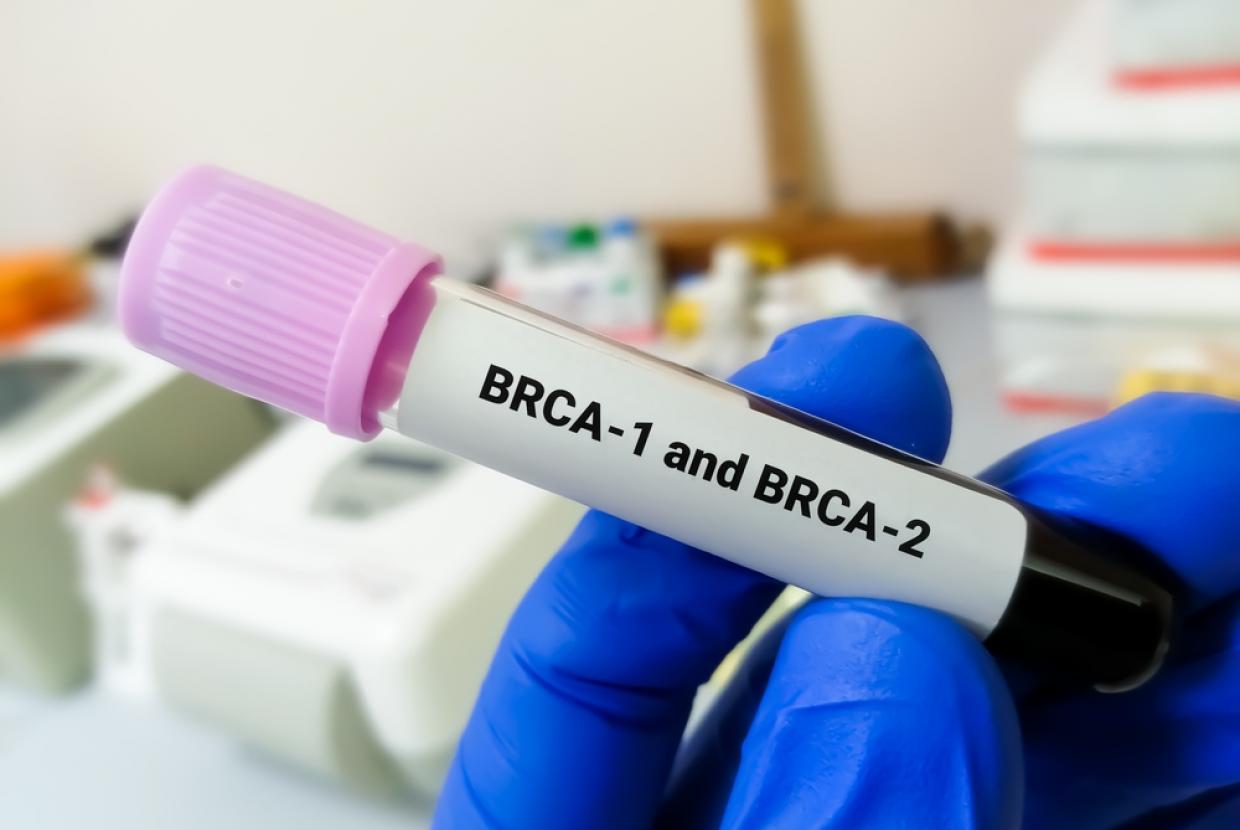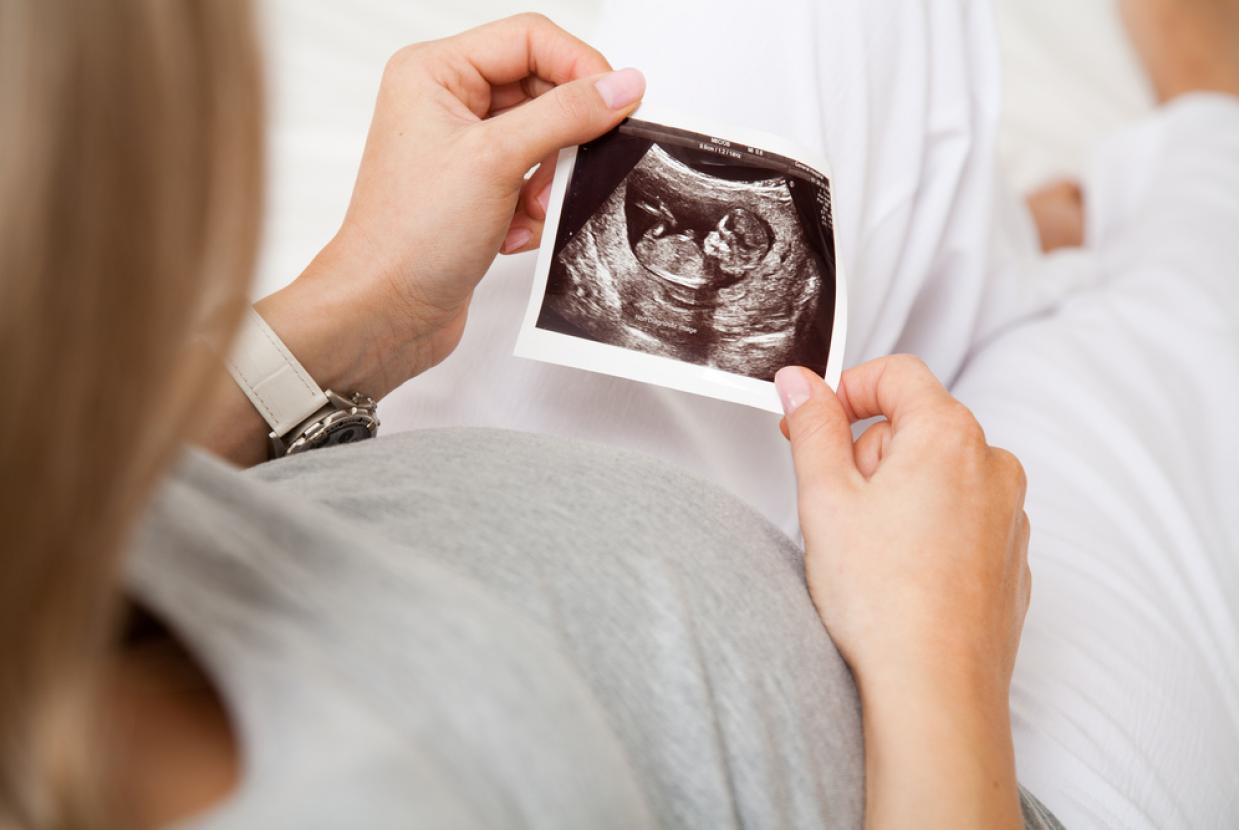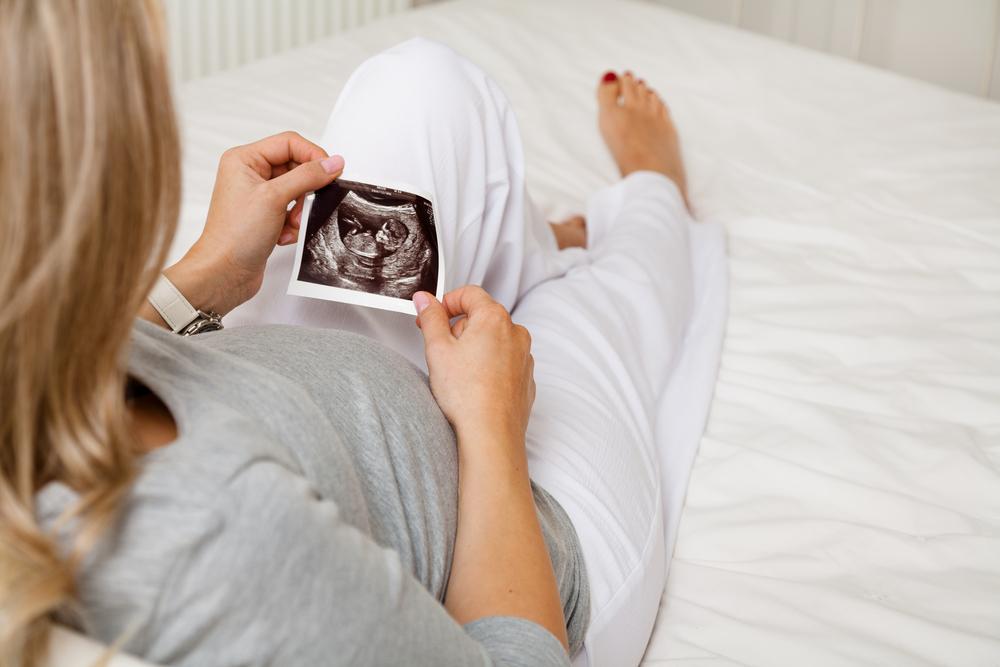Ovarian Cancer
The ovaries are 2 small, oval-shaped organs in the pelvis (lower area between the hips). They are on either side of the womb (uterus), close to the fallopian tubes. These link the ovaries to the womb. A layer of tissue called the peritoneum supports the ovaries.
About 7,400 women are diagnosed with cancer of the ovary (ovarian cancer) each year in the UK. The surface of the ovaries, fallopian tubes and peritoneum are very close together. Doctors think most ovarian cancers start in the cells at the end of the fallopian tube and travel to the ovaries or the peritoneum.
Cancers of the ovary, fallopian tube and of the peritoneum are often grouped together because they are so similar. They are treated in the same way.
Ovarian cancer can affect anyone who has ovaries and fallopian tubes. This includes women, transgender (trans) men and people assigned female at birth.
Types of ovarian cancer
Epithelial ovarian cancer
This is the most common type of ovarian cancer. It starts in the epithelial cells. There are different sub-types.
Serous is the most common sub-type. At least 8 in 10 (80%) ovarian cancers are serous cancers. They are usually high grade which means they can grow more quickly. Other much less common types are:
- clear cell clear cell
- endometrioid
- mucinous.
These are usually diagnosed at an earlier stage than serous cancers.
Borderline tumours
Borderline ovarian tumours are also made up of abnormal epithelial cells. But they are not cancer and grow slowly. They may spread to nearby tissue but do not grow in these tissues or spread to other parts of the body.
Germ cell ovarian tumours
These are rare tumours that start in the ovarian cells that produce eggs. They are not epithelial cancers. Germ cell ovarian tumours usually affect younger people and may be treated differently to epithelial cancer.

































































































